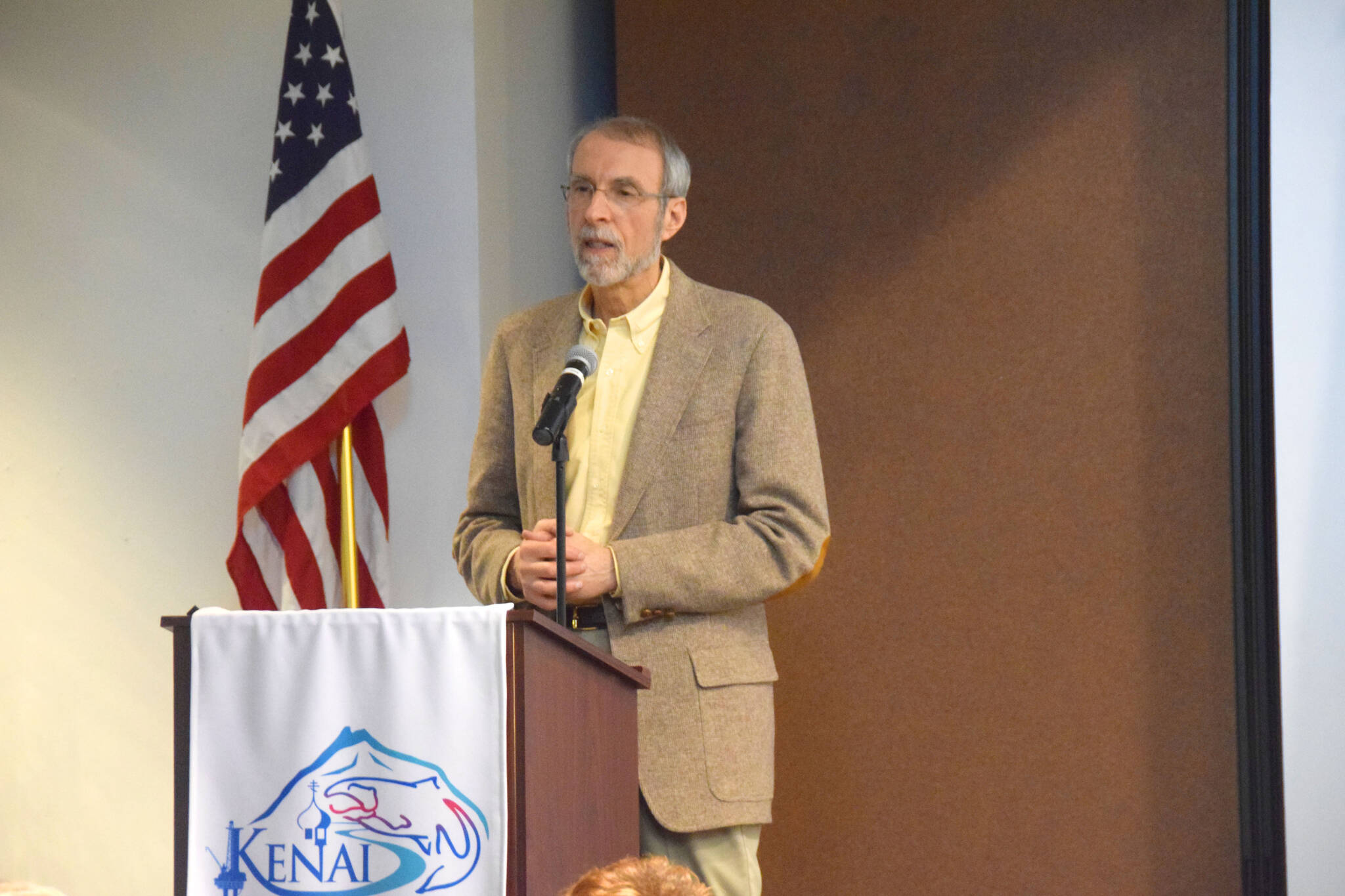Elected officials who say the proposed Alaska North Slope natural gas project is closer than ever to putting steel pipe in the ground and money in the pockets of construction workers should take a break from their political grandstanding and pay attention to the facts.
Not a single analyst tracking gas projects around the world ever mentions Alaska when they list developments with the best potential of getting built. They talk about liquefied natural gas export terminals going to construction along the U.S. Gulf Coast, in Qatar, Mozambique, Papua New Guinea, Australia, even Russia, but not Alaska.
The state has spent close to $1 billion promoting multiple variations of a North Slope gas pipeline over the past 20 years, and has permits, rights of way, engineering work and studies in hand — but not one investor or partner or customer ready to sign a contract, write a check and take any risk. It’s all on the state treasury at the moment and has been for years, including several hundred million dollars for the state-led project to liquefy the gas for seaborne export to Asia.
Just a few months ago, the Legislature and governor agreed to write an additional $5.5 million in checks on the state treasury to keep the dream alive another year.
And yet after spending all that money on plans, the state is offering to sell 75% ownership in the venture for a low $150 million so that it can pay to finish engineering and design work while shopping for investors and financing needed to build the project. Even at that discounted asking price, no one has signed a deal.
Meanwhile, the Alaska Gasline Development Corp., a state entity that has never built a pipeline or an LNG plant, says its 2020 cost estimate for the project has increased only about 10% in the past three years to near $44 billion. That would be a financial miracle compared to what is happening with similar LNG and pipeline projects in North America.
Bechtel, which has constructed multiple liquefaction plants around the world, recently added more than 20% to its 3-year-old price quote for an LNG export project it will build in Texas.
The Coastal GasLink pipeline that will serve an LNG project under construction in Kitimat, British Columbia, is now pegged at almost US$11 billion, more than double the original estimate of less than $5 billion five years ago. The pipeline is about half the distance of the proposed 807-mile Alaska project.
The latest estimate for the delayed Trans Mountain oil pipeline expansion project — adding 607 miles of new pipe from Alberta to the British Columbia coast — stands at US$17 billion. The original estimate five years ago was under $3.5 billion.
Alaskans need to pay closer attention to the very real risk of cost overruns and the state’s improbable construction schedule that says the first tankers could leave the dock by 2031. Alaska also needs to consider declining world interest in burning fossil fuels.
For all those same reasons — plus the lack of any major oil or gas company partners — potential buyers in Asia are skeptical of the high-cost Alaska project, according to a report in The Wall Street Journal last week. In addition, “people are so unsure about the future of LNG,” Tatsuya Terazawa, head of the Institute of Energy Economics Japan, told the newspaper. “As of now they see huge demand, but what will happen 10 years or 15 years from now remains a question mark.”
Japanese officials told The Wall Street Journal that the further out a project’s timeline extends, the more it could conflict with the country’s commitment to reach net-zero carbon emissions by 2050.
LNG imports are in decline in Japan, down 20% from 2015, with a long-term decline projected in South Korea as buyers respond to higher prices, improved energy efficiencies and a shift to renewable energy. And yet the Alaska LNG project continues looking to Japan as its big customer.
It’s time Alaskans acknowledged that the governor’s “we’ve never been closer to a gasline” slogan is 807 miles short of reality. It’s time to stop spending money that could be better spent elsewhere.
Larry Persily is a longtime Alaska journalist, with breaks for federal, state and municipal service in oil and gas, taxes and fiscal policy work. He lives in Anchorage and is publisher of the Wrangell Sentinel weekly newspaper.

